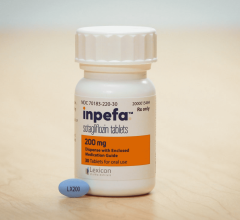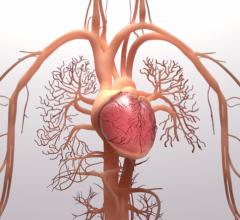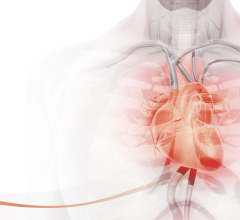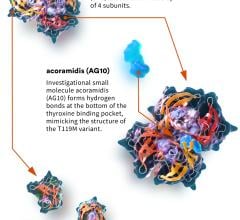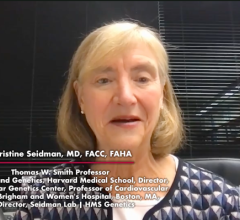September 23, 2014 — New analyses and extended follow-up from the BRIGHT study demonstrated that bivalirudin remained superior to both heparin monotherapy and heparin plus tirofiban for patients with acute myocardial infarction (AMI) undergoing percutaneous coronary intervention (PCI).
Findings were reported at the 26th annual Transcatheter Cardiovascular Therapeutics (TCT) scientific symposium. Sponsored by the Cardiovascular Research Foundation (CRF), TCT is the world’s premier educational meeting specializing in interventional cardiovascular medicine.
There has been recent controversy surrounding the optimal anticoagulant strategy for patients with acute myocardial infarction. Prior multicenter trials have demonstrated superiority of bivalirudin to heparin plus GPIIb/IIIa inhibition, but a recent trial demonstrated the superiority of heparin monotherapy over bivalirudin alone, with concern for an increased rate of stent thrombosis observed in bivalirudin-treated patients.
The BRIGHT trial was a large-scale, prospective, multicenter trial with a 1:1:1 randomization that compared bivalirudin alone to both heparin alone and heparin plus tirofiban in patients with AMI undergoing PCI. The trial randomized 2,194 patients with AMI eligible for emergency PCI from 82 Chinese sites to receive either bivalirudin alone (n=735), heparin alone (n=729) or heparin plus tirofiban (n=730). The primary endpoint was 30-day net adverse clinical events (NACE), a composite of major adverse cardiac and cerebral events (MACCE) or BARC bleeding. The secondary endpoints were NACE at one year as well as MACCE and bleeding at both 30 days and one year.
After 30 days, the bivalirudin group had a lower incidence of NACE compared to the heparin group as well as the heparin plus tirofiban group (8.8 percent vs. 13.2 percent vs. 17 percent, respectively; p<0.001). After one year, the bivalirudin group also had a lower incidence of NACE events (12.8 percent vs. 16.5 percent vs. 20 percent, respectively; p<0.001). Bivalirudin also reduced major and minor bleeding, with similar rates of adverse ischemic events compared to the heparin and heparin plus tirofiban groups. With the use of a routine post-PCI bivalirudin infusion, the rates of stent thrombosis were similarly low with bivalirudin, heparin, and heparin plus GPI.
“In this large-scale, randomized trial, bivalirudin alone was superior to both heparin monotherapy and heparin plus tirofiban in reducing the primary composite endpoint of death, reinfarction, ischemia driven TVR, stroke, or bleeding at 30 days and one year,” said lead investigator Yaling Han, M.D., from the General Hospital of Shenyang Military Region. “Rates of MACCE and stent thrombosis were similar among all groups.”
The BRIGHT trial was funded by a research grant from Salubris Pharmaceutical Co. Ltd. and research funds from the National Key Science and Technology R&D project of the 12th Five-Year plan. Han reported no disclosures.
For more information: www.crf.org and www.tctconference.com.


 July 10, 2024
July 10, 2024 
